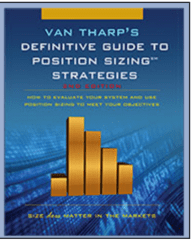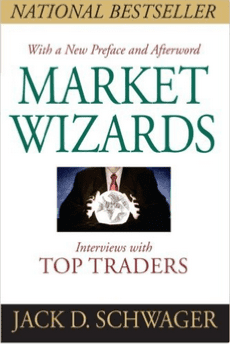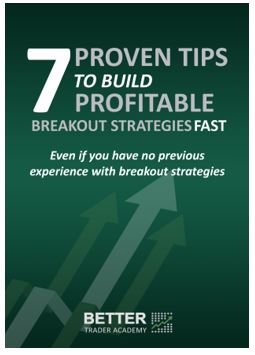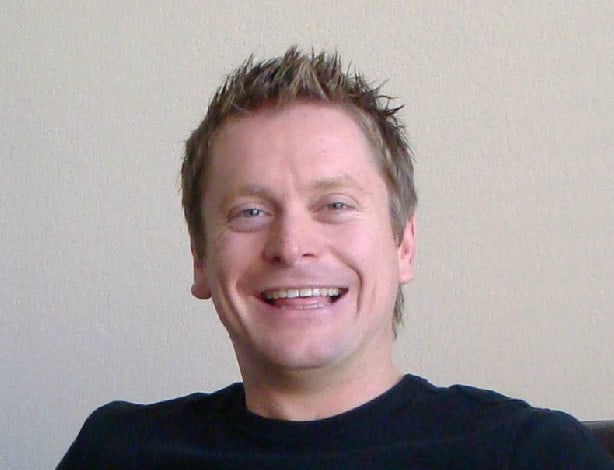
Tomas Nesnidal has been a full-time trader for over 11 years, specializing in automated algorithmic trading strategies.
He has experience with a number of trading styles, including option trading, spread trading, statistical arbitrage and market internals but in this episode we’re going to discuss one of his other specialties, breakout trading.
In our chat we discuss the key components of a breakout strategy and how to combine them to create profitable trading strategies. We also discuss the degradation of strategies over time, how to add new life into old strategies and why creative thinking is such an important aspect of successful trading.
In this episode we discuss
- The benefits of trading breakout strategies and what makes a good breakout strategy
- How to build profitable breakout strategies using 4 key components
- The degradation of strategies over time and how to add new life into old strategies
- Using filters to improve trading results
- Adapting strategies to market conditions
- The best timeframes and markets for breakout strategies
Sponsor

Resources
- You can follow Tomas on his website systemsontheroad.com.
Also check out the section below where you can get a free copy of The Breakout Strategy Toolkit, which includes a breakout strategies ebook plus code for 2 breakout strategies, one which Tomas has developed exclusively for Better System Trader!– NO LONGER AVAILABLE- Recommended books:
Want to build breakout strategies fast?
Get this FREE report on ‘7 proven tips to build profitable breakout strategies fast’ – Click here to download your copy
Top tips from this episode
- Creativity – Creativity was something that Tomas kept coming back to throughout our chat, highlighting how important it was to come up with unique ideas to test. In fact, he said “the key ingredient to trading is creativity” and that “creativity helps you stay in the game”, which is a very similar message to what we heard from Dr Brett Steenbarger in Episode 25. Toms advice was to constantly think about what new aspects we can bring into a trading concept to make it more unique, try to add your own twist, come up with crazy ideas and test them.
Quotes




